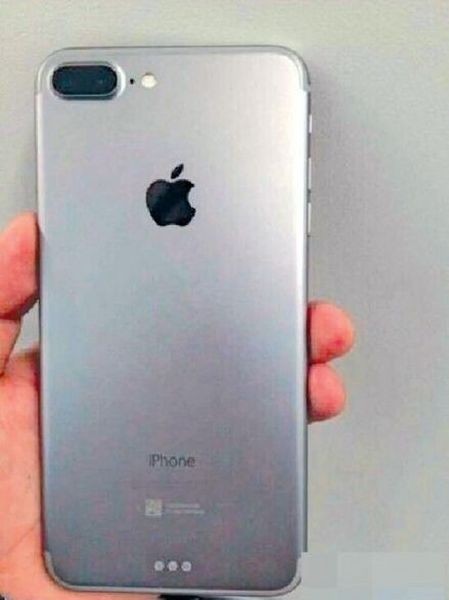As the iPhone SE rollout resulted to generally lukewarm response, all eyes are now all set on the next iPhone release date in the second half of 2016. Likely to be called the iPhone 7 and 7 Plus (or iPhone Pro), the next-generation Apple flagships seem to be shaping up as the prettiest and slimmest iPhone build ever.
The new iPhone form-factor that is stunning and paperweight at the same time will be achieved with the use of a new manufacturing approach called Fan Out Packaging. The technology will essentially maximize the use of inner device space by increasing the density of I/O terminals in a package and in the process allow the use of smaller chip components.
"Fan Out technology is a technology that increases number of I/O (Input/Output) terminals within a package by pulling out wiring of I/O terminals to outside from a semiconductor chip," according to South Korean publication ETNews.
It appears that Apple has opted for the fan-out model for its next iPhone "it is most cost effective from production cost perspective if number of I/O terminals increases within a package while still decreasing size of a chip," the report added.
ETNews said that by employing the technology on the next iPhone's antenna switching module and RF chip, the device can fully accommodate the use of miniature chips. And apart from further shrinking the iPhone 7 inside components, it is believed that Apple engineers will use single-chip EMI shielding that will allow the closer packing of inner chips.
This is in line with Apple's blueprint for a smaller size iPhone 7 while retaining its 4.7-inch screen size (and 5.5-inch for the 7 Plus variant), Apple Insider said in a separate report.
The latest development lends support to the speculations that the next iPhone is further slimmed down and as a direct result will lose the 3.5mm audio jack. Rumors are widespread too that the sequel to the iPhone 6S will sport an all-screen front panel as the physical Home button will be ditched. The rear panel too will smoother and cleaner than the last version thanks to the disappearance of the slight camera bump and ugly antenna bands.
On release date, the iPhone 7 will draw its power from the tandem of A10 mobile processor and iOS 10 with the possibility of rocking a dual-camera set up though the latter rumored as exclusive for the phablet-size iPhone 7 Plus, which likely will have a larger 5.8-inch display and a new name - iPhone Pro.






















